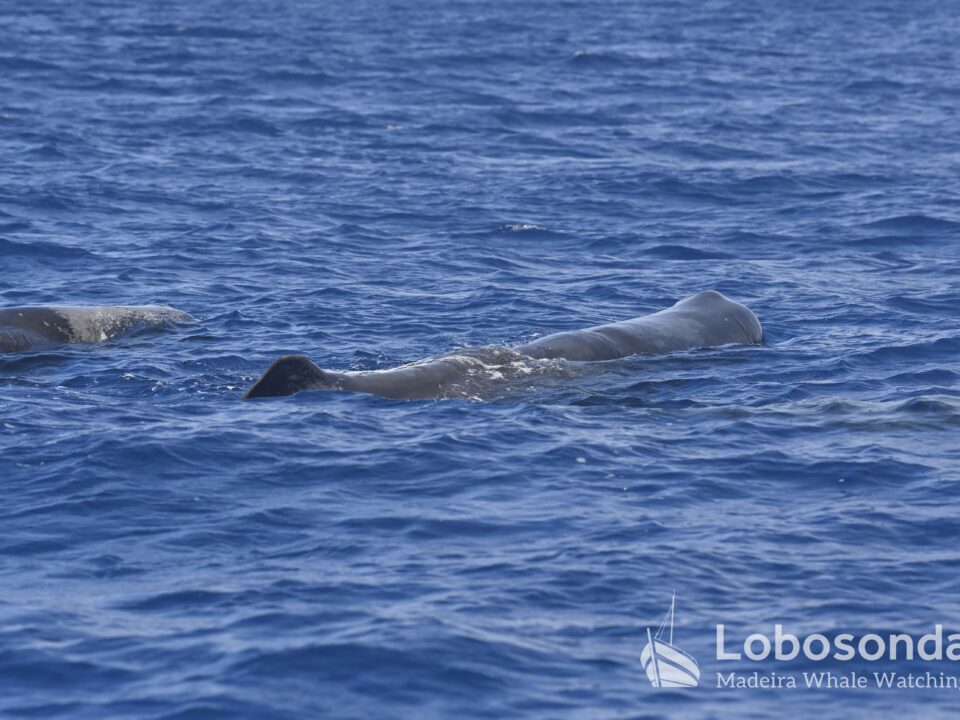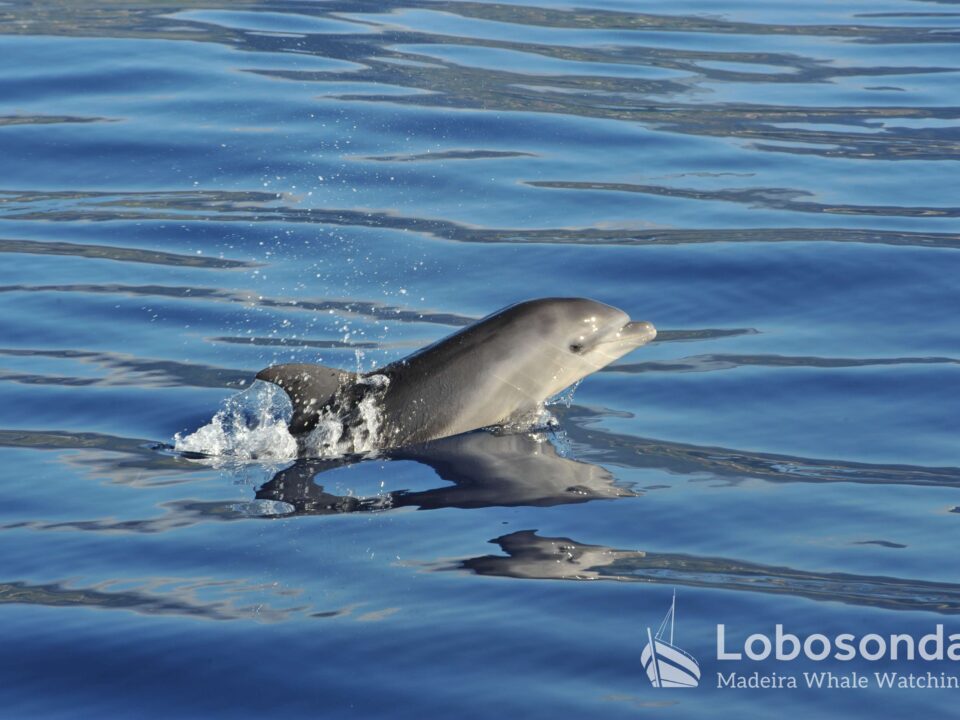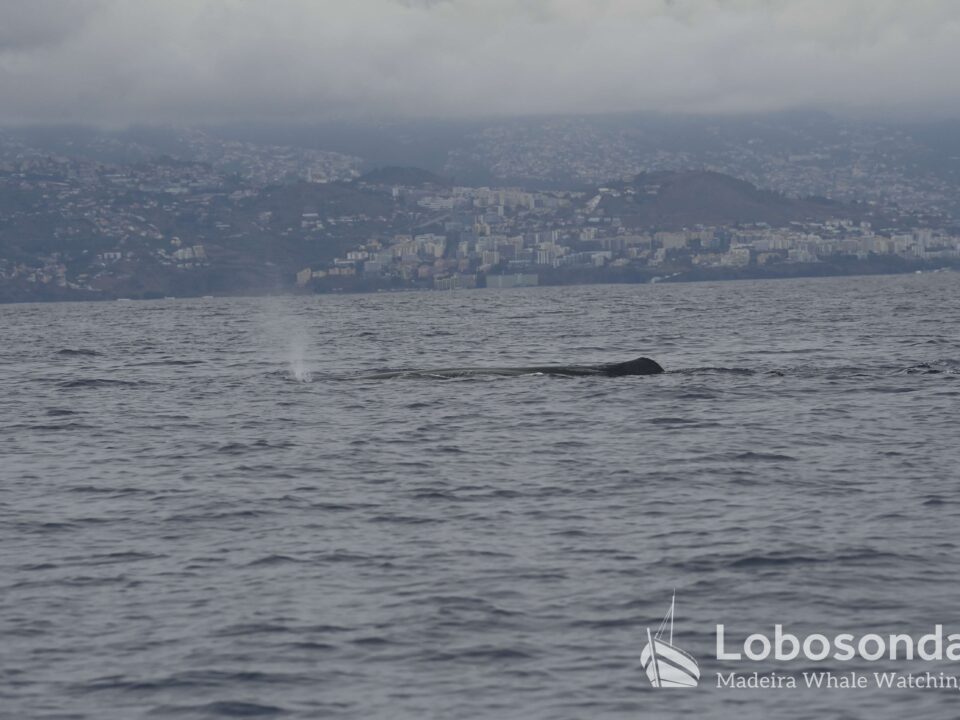
11.11.2022 – Marine “fingerprint”
November 18, 2022
14.11.2022 – Non-stop
November 21, 2022Today, the day at sea had a clear motto: “Long search, long wait”.
In the morning, the long search was unfortunately not under a good star. We knew from our spotter Drumond that a pod of the Atlantic spotted dolphins was traveling very far offshore. We still hoped that they might change course and get closer to the island. Unfortunately, they continued on their way south. Highest level of concentration from the spotter and the sea crew to still find animals. Of course, we love to show our guests the friends of the Blue office, but this morning we returned to port without a sighting.
In the afternoon, the deep divers kept us busy. The Beaked whales we were looking for and waiting for a long time didn’t show up. We continued to see the Sperm whales, which our spotter discovered 10-12 nm off the western tip of Madeira. What a brilliant achievement! Drumond, you have the heartiest thanks of our guests today. It wasn’t easy here, either. Long search, long wait! But then there was a happy ending and an animal appeared very close to us.
By the way, from a distance you can get identify whether it is a Sperm whale or a Baleen whale based on the spout. The two blowholes of Baleen whales are positioned directly on top of the head. When they breathe out, the spout goes up 3-9 meters, depending on the baleen whale species. Toothed whales, like the Sperm whale, have only one blowhole, which is also usually located on top of the head. However, the Sperm whale is an exception. His blowhole is on the front left of his head. When exhaling, the spout goes forward at a 45-degree angle to the front. This is a little help to differentiate between Sperm whale and Baleen whale sightings, even from a distance.
And who was the little black bird with the white spot? Most likely a European storm petrel (Hydrobates pelagicus). These are real sailors! Except for the breeding season, they spend their entire lives at sea. With a weight of approx. 27 g, a size of 16 cm and a wingspan of 37 cm, it is one of the smallest seabirds of all. Their only egg weighs seven grams and is incubated for 40 days. After hatching, the young bird is fed for 50 days until overfed. Then his parents leave him. In the next 8-12 days he will lose so much weight that he can take off and start his journey to South Africa.
By Fatima Kutzschbach
Sighting of the day
Ribeira Brava
10:00 no sighting
Stenella
15:00 Sperm whale










